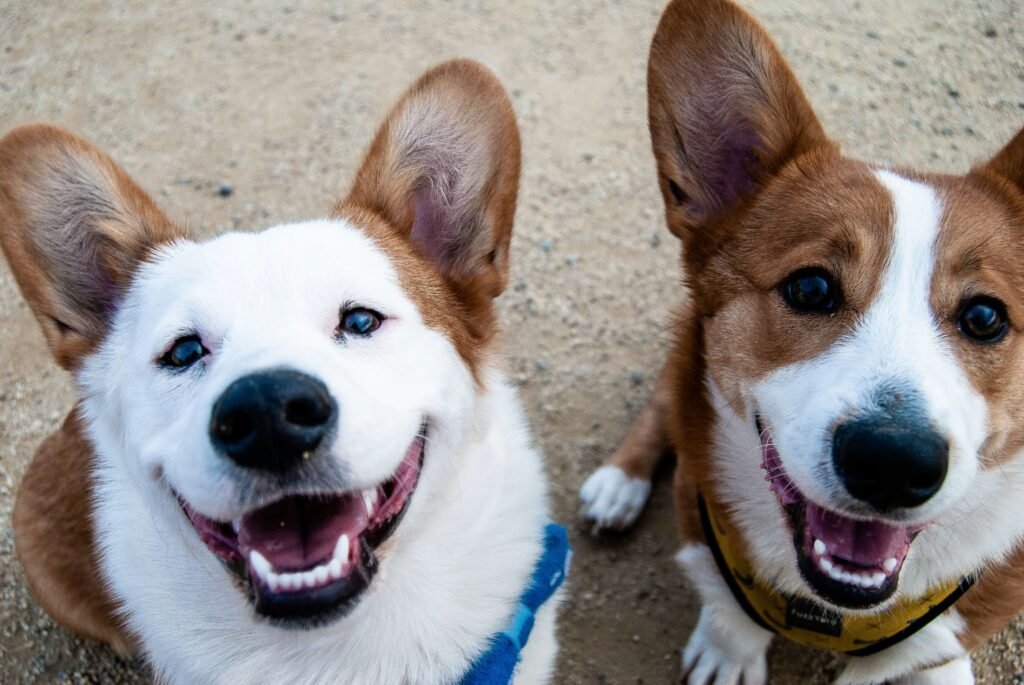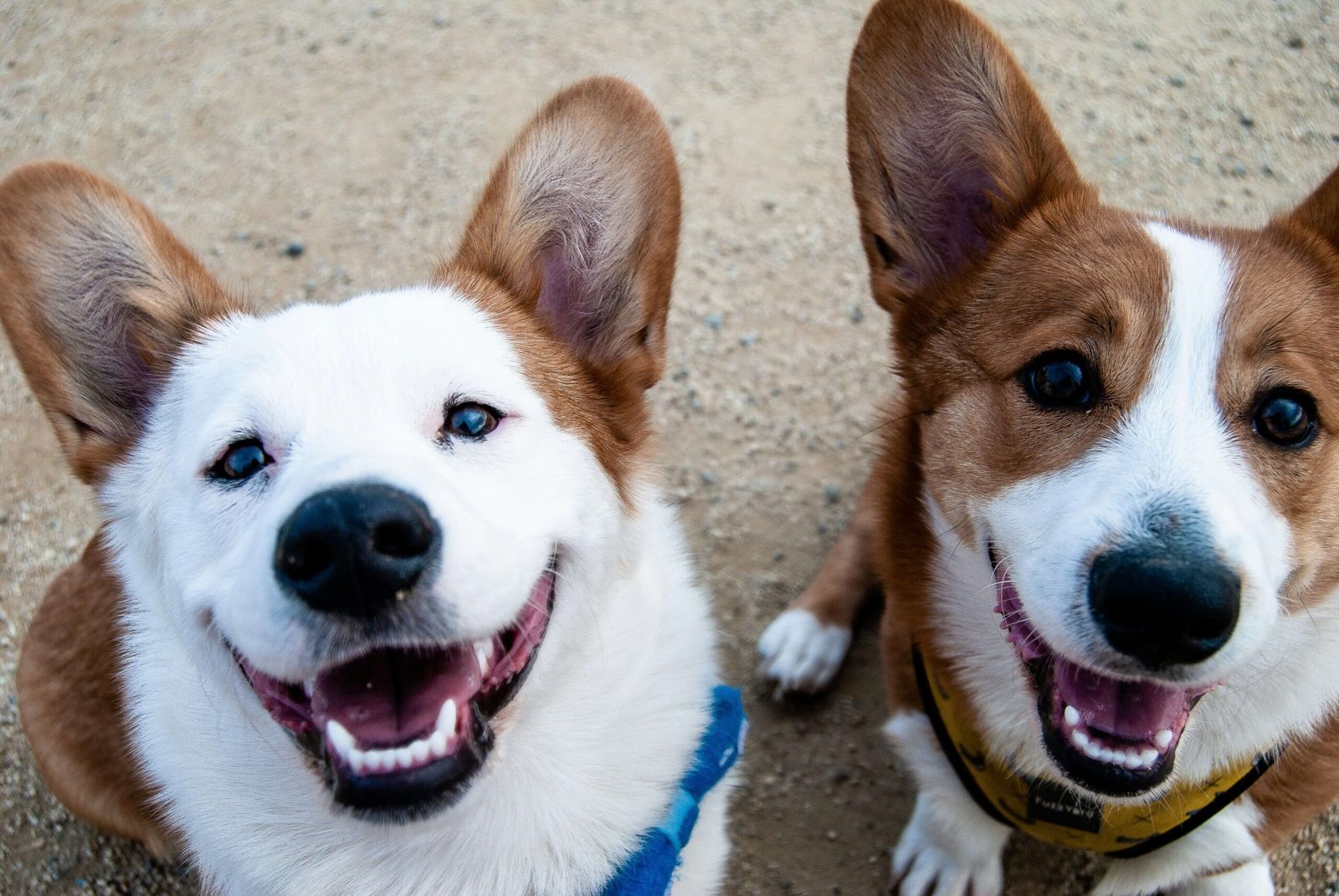Can I Train My Own Service Dog? A Comprehensive Guide
Service dogs are more than just companions; they are lifelines for individuals with disabilities, offering support, independence, and peace of mind. If you’re considering training your own service dog, you might be wondering if it’s a feasible option. The good news is that, yes, it is possible to train your own service dog! However, the journey requires dedication, patience, and a solid understanding of what it takes to prepare a dog for such an important role. In this blog post, we’ll explore the steps involved, the challenges you may face, and the rewards of having a service dog trained by you. Let’s dive in and uncover what it truly means to take on this rewarding responsibility.
What Does It Take to Train a Service Dog? Key Considerations
Training a service dog is no small feat. It involves a combination of time, effort, and resources. Here are some essential factors to keep in mind before embarking on this journey:
- Understanding the Role of a Service Dog
Service dogs are trained to perform specific tasks that mitigate their handler’s disability. These tasks can range from guiding visually impaired individuals to alerting handlers about medical emergencies.
- Assessing Your Dog’s Temperament
Not every dog is cut out to be a service dog. A calm, intelligent, and trainable dog with a strong desire to please is ideal for this role.
- Time Commitment
Training a service dog can take anywhere from 18 months to two years. Consistency and patience are crucial throughout this process.
- Financial Investment
While training your own dog can save money compared to hiring a professional organization, costs for certifications, equipment, and classes can still add up.
- Legal Knowledge
Familiarize yourself with the Americans with Disabilities Act (ADA) and other relevant laws to ensure your dog meets the requirements for public access.
Training a service dog is a significant undertaking, but with the right preparation, it can be a fulfilling experience for both you and your canine companion.
The Training Process: Breaking It Down into Manageable Steps
The journey to training your own service dog can feel overwhelming at first, but breaking it down into smaller steps makes it more achievable. Here’s how you can approach the process:
- Basic Obedience Training
Start with foundational commands like sit, stay, come, and heel. These skills form the basis for more advanced training later on.
- Public Access Training
Teach your dog to remain calm and focused in various environments, such as crowded spaces, restaurants, and public transportation.
- Task-Specific Training
Identify the specific tasks your dog will need to perform based on your disability. For example, a mobility assistance dog might learn to retrieve dropped items or open doors.
- Socialization
Expose your dog to different people, animals, and environments to ensure they remain confident and composed in any situation.
- Consistency and Reinforcement
Reinforce good behavior through positive reinforcement techniques like treats, praise, or toys. Consistency is key to solidifying learned behaviors.
By following these steps, you can systematically build the skills your dog needs to become a reliable service animal.
Check this guide 👉How Much Does Service Dog Training Cost? Best 7 Tips!
Check this guide 👉Best Service Dog Breeds for PTSD and Anxiety: Best 7 Tips!
Check this guide 👉How to Train Your Dog to Be a Service Dog: Best 7 Tips!

Key Skills for Service Dogs | Common Challenges in Training |
|---|---|
Task-specific obedience | Distractions in public spaces |
Calm demeanor | Behavioral setbacks |
Strong focus on handler | Time-intensive process |
Adaptability to new environments | Financial investment |
Socialization with strangers | Legal compliance |
Choosing the Right Breed: Factors to Consider
Selecting the right breed for a service dog is critical to ensuring success. While mixed breeds can excel as service dogs, certain characteristics make some breeds better suited for the role. Here are some considerations:
- Temperament
Look for breeds known for their calm and friendly nature, such as Golden Retrievers or Labrador Retrievers.
- Trainability
Breeds that are eager to please and quick learners tend to thrive in service roles. Poodles and Border Collies are excellent examples.
- Size
Consider the tasks your dog will perform. Larger breeds may be better suited for mobility assistance, while smaller breeds can excel in medical alert roles.
- Energy Levels
A service dog should have enough energy to work but not so much that they become restless or hyperactive.
- Health and Longevity
Choose a breed with fewer genetic health issues to ensure your dog can serve you for many years.
Picking the right breed sets the foundation for a successful partnership between you and your service dog.
Common Misconceptions About Training Your Own Service Dog
There are several myths surrounding the process of training your own service dog. Understanding the truth behind these misconceptions can help set realistic expectations.
- Myth: Any Dog Can Be a Service Dog
While many dogs have potential, not all possess the temperament or health needed for the demanding role of a service dog.
- Myth: Training Is Quick and Easy
Training a service dog requires months or even years of consistent effort and cannot be rushed.
- Myth: Professional Trainers Are Always Necessary
While professional trainers can provide guidance, many handlers successfully train their own dogs with dedication and proper resources.
- Myth: Service Dogs Must Be Certified
Under the ADA, certification is not legally required for service dogs, though some handlers choose to pursue voluntary certifications.
- Myth: Service Dogs Can Handle Any Situation
Even well-trained service dogs may struggle in chaotic or unpredictable environments. Proper preparation is essential.
Knowing the facts can help you navigate the training process with confidence and clarity.
Essential Tools and Resources for Training Success
Having the right tools and resources can significantly enhance the training process. Here are some essentials to consider:
- Training Clicker
A clicker helps mark desired behaviors instantly, making it easier for your dog to understand what you’re rewarding.
- High-Quality Treats
Use small, soft treats that your dog loves to keep them motivated during training sessions.
- Leash and Harness
Choose a comfortable harness and sturdy leash to maintain control while practicing public access skills.
- Training Books or Guides
Educational materials can provide valuable insights into training techniques and strategies.
- Professional Consultations
Even if you’re training your own dog, occasional consultations with a professional trainer can offer helpful guidance.
Equipping yourself with the right tools ensures a smoother and more effective training experience for both you and your dog.
Signs Your Dog Is Ready for Advanced Training
Before moving on to advanced tasks, it’s important to recognize when your dog is ready. Look for these signs:
- Mastery of Basic Commands
Your dog consistently responds to commands like sit, stay, and heel in various environments without hesitation.
- Focus in Distractions
Your dog remains attentive to you even in busy or noisy settings, showing they can filter out distractions.
- Calm Demeanor
Your dog displays a relaxed and composed attitude, even during unfamiliar or stressful situations.
- Eagerness to Learn
Your dog shows enthusiasm during training sessions and is quick to pick up new concepts.
- Strong Bond with You
Your dog looks to you for guidance and trusts you as their leader, which is crucial for teamwork.
Recognizing these signs will help you determine if your dog is prepared to take on more complex tasks.
Tips for Maintaining Your Service Dog’s Skills
Once your dog has completed their training, ongoing maintenance is key to ensuring their skills remain sharp. Consider these tips:
- Regular Practice Sessions
Incorporate short, daily practice sessions to reinforce learned behaviors and prevent skill regression.
- Exposure to New Environments
Take your dog to different locations to keep them adaptable and confident in various settings.
- Task-Specific Drills
Periodically review and practice the specific tasks your dog was trained to perform to ensure they remain proficient.
- Health Check-Ups
Schedule regular veterinary visits to monitor your dog’s physical and mental well-being, which directly impacts their performance.
- Positive Reinforcement
Continue using rewards like treats or praise to encourage good behavior and strengthen your bond.
By staying consistent with these practices, you can ensure your service dog remains reliable and capable in their role.
Frequently Asked Questions About Training Your Own Service Dog
Do I need a special license to train my own service dog?
No, you do not need a special license to train your own service dog. However, you must ensure your dog meets behavioral and task-specific requirements.
How long does it take to train a service dog?
Training typically takes 18 months to two years, depending on the dog’s progress and the complexity of tasks.
Can I train my current pet dog to be a service dog?
Yes, but only if your dog has the right temperament, health, and trainability for the role.
Is it expensive to train my own service dog?
While it can be less costly than hiring a professional organization, expenses for training materials, classes, and certifications can still arise.
Where can my service dog accompany me?
Under the ADA, service dogs are allowed in most public spaces, including businesses, restaurants, and transportation.
The Rewards of Training Your Own Service Dog
Training your own service dog is a journey filled with challenges, learning opportunities, and immense rewards. By investing your time and energy into this process, you’re not only gaining a loyal companion but also fostering a deep bond built on trust and mutual support. Remember, the keyword here is patience—training a service dog is a marathon, not a sprint. With dedication and the right approach, you can create a partnership that enhances your quality of life in countless ways. So, if you’re ready to take on this meaningful endeavor, embrace the process and celebrate the unique connection you’ll build with your four-legged helper.
Why Is My Cats Second Eyelid Showing? Best 7 Expert Tips! Understand causes, health signs, and how to respond when your cat’s third eyelid becomes visible.
How Do I Know If My Cat Died Peacefully? Best 7 Expert Tips! Discover the quiet signs of a peaceful feline passing and find comfort in their final moments.
Cat Allergy Eyes: Best 7 Expert Tips! Discover why your eyes react to cats and learn proven strategies for relief—without giving up your feline friend.
Why Do Abyssinian Cat Colors Matter? Best 7 Expert Tips! Discover the genetics, rare hues, and care secrets behind Abyssinian coat colors for a healthier, happier cat.





